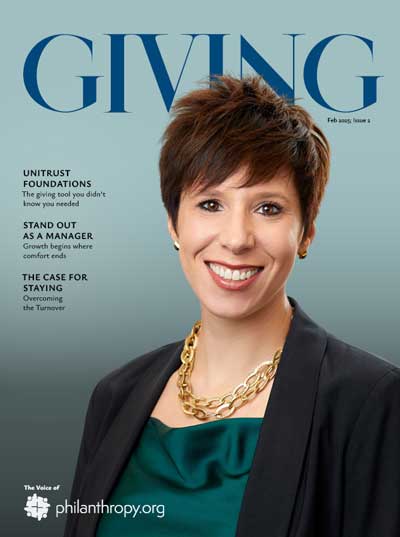CEOs are turning over at rates experts have never seen before … and when nonprofits try to fill these roles, qualified people are hard to find.
Chronicle of Philanthropy, February 26, 2024 Tweet
Nonprofit transitions rarely happen in a vacuum. When a C-suite leader departs, there are often multiple open roles across the team. As The Chronicle notes, “When staff are spread too thin, it can be difficult to maintain programming and generate resources to support the organization’s mission.”
Will multiple transitions jeopardize a search process, or become an opportunity for a new leader to make their mark?
The answer: it depends. In these moments, boards and organizational leaders often prefer to focus on one search at a time. Organizations cannot put their mission on hold until seats are filled and a plan is in place. Senior-level searches take time. Should you prioritize hiring the CEO or CDO to lead the team? Or backfill easier-to-fill roles to ensure operational continuity?
Success is more likely with clarity around roles, a strong, data-driven plan, and realistic expectations for candidates. When working with clients in these situations, we ask a few key questions:
Are There Clear Roles and Metrics?
Defined job descriptions, responsibilities, and performance metrics are essential—especially for onboarding. If these are in place, entry- and mid-level hires can be successful, even without a CEO in place.
This is especially true for advancement teams. Positions like event managers, communications specialists, operations professionals, and advancement services staff may function well with established systems in place. Gift officers may also be added during transition periods, provided there are established donor portfolios and clear expectations. These roles also lend themselves to flexible solutions—interim, fractional, or contracted support.
Is There a Strategic or Development Plan in Place?
Often, nonprofit leaders step down at the close of a strategic plan or campaign. That leaves boards with two tasks: hiring a new leader and developing a new plan. Which comes first?
Both strategic and development plans provide the opportunity for an executive to make their mark. At its best, it is a roadmap—and a recruitment tool. When these plans include measurable outcomes and clear direction, they show candidates what success looks like while allowing room for innovation. Strong candidates are drawn to organizations with a vision, even if challenges lie ahead.
For advancement leadership in particular, a solid development plan can guide the search process and help attract candidates who are eager to build on current momentum.
What Are the Challenges—and How Will You Share Them?
Even with careful planning, challenges arise. That’s why Benefactor Group’s executive search team begins each engagement with a discovery process to align around the organization’s future and identify roadblocks that a new leader may face.
It’s natural to wonder whether sharing challenges might scare off top candidates. In our experience, it does the opposite. Strong candidates value transparency—and want to understand both the opportunities and obstacles.
Being upfront about issues like staff turnover, culture, or outdated systems can actually help shape your search. For instance, if retention has been a problem, you may prioritize candidates with proven success in managing and mentoring teams. If you’re entering a period of growth, you’ll want someone with vision and experience scaling impact.
Forecasting challenges early also helps set mutual expectations, increasing the likelihood of long-term retention.
Embracing the Opportunity
While some leadership transitions are carefully planned, many are not. Organizations often face multiple vacancies at once. And while that may feel overwhelming, with the right support, these challenges can be reframed as opportunities—for a new leader, for the board, for the staff, and for the communities you serve.
Thoughtful planning, a culture of clarity and transparency, and a commitment to mission continuity are key. Whether you’re managing a planned departure or responding to a surprise resignation, you don’t have to navigate it alone.
If you’d like to talk about interim leadership, how to provide a realistic preview to candidates, or how Benefactor Group can support your executive search, we’re here to help.






